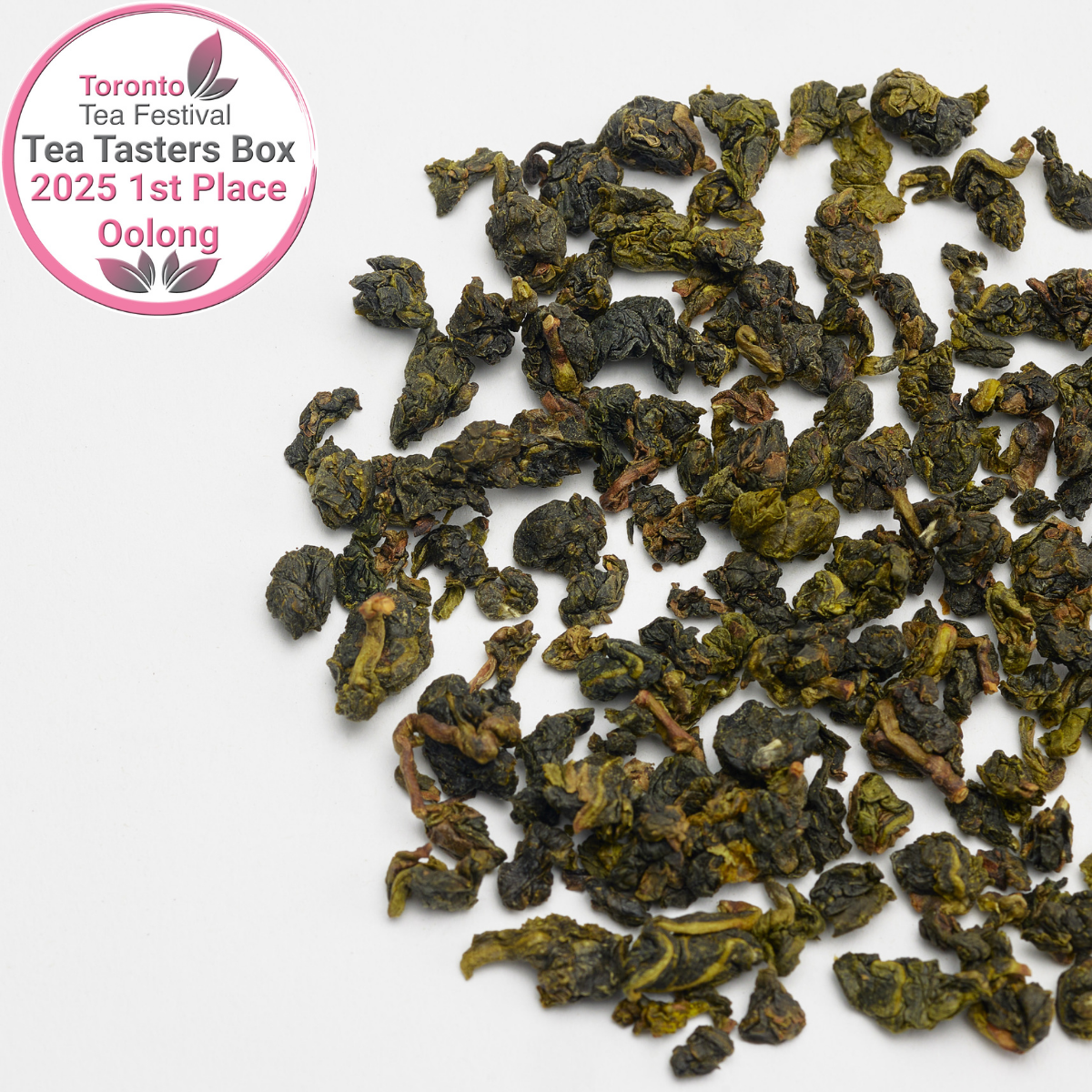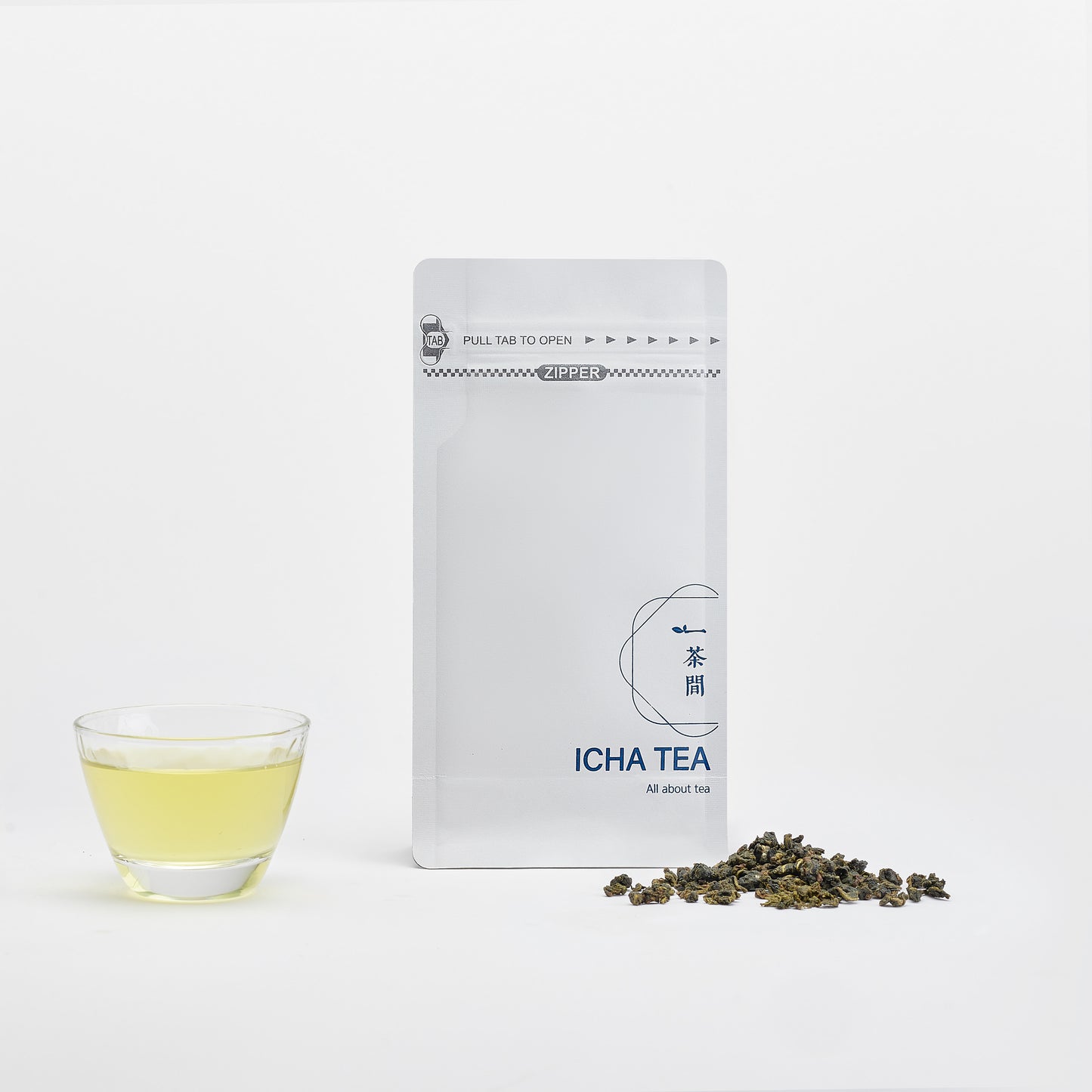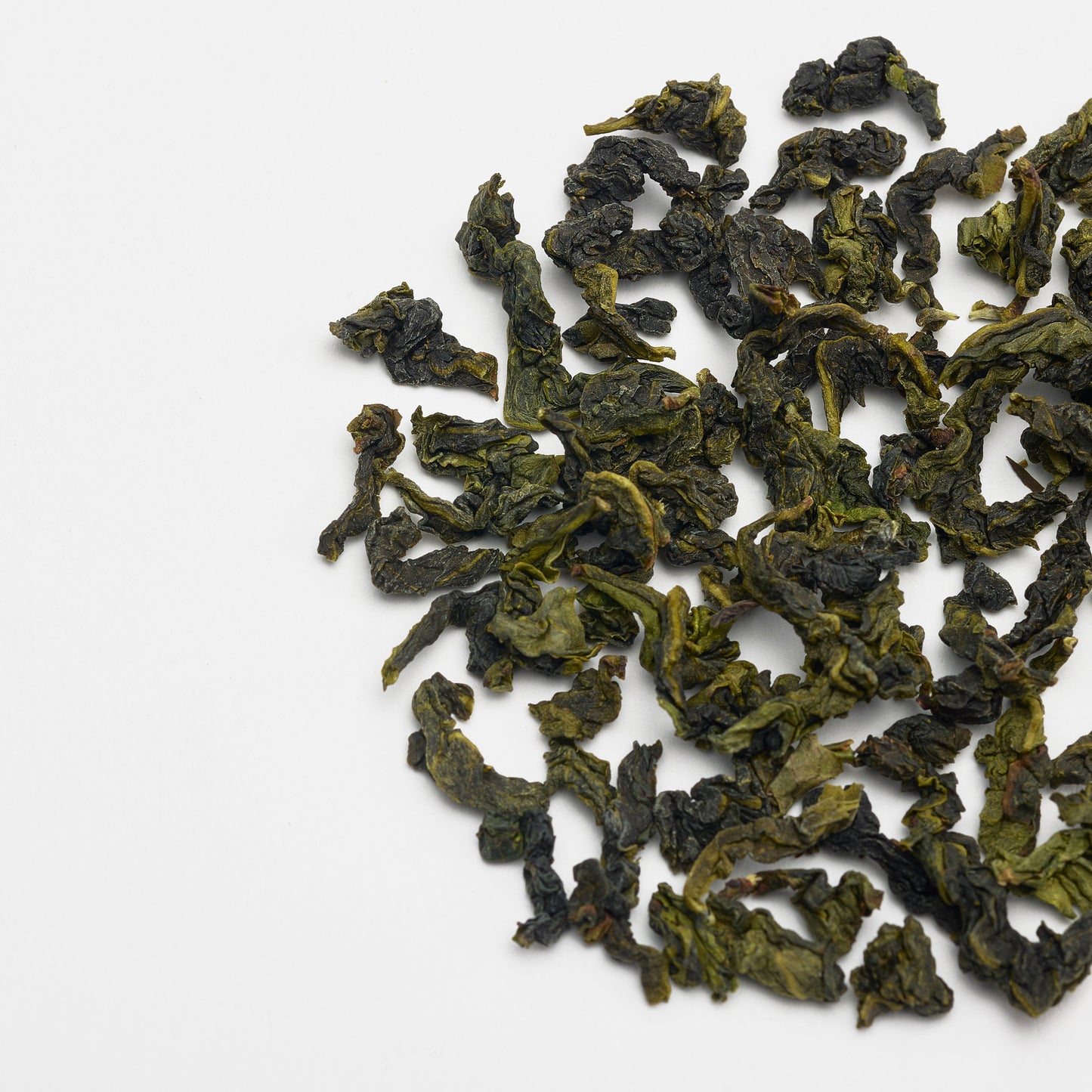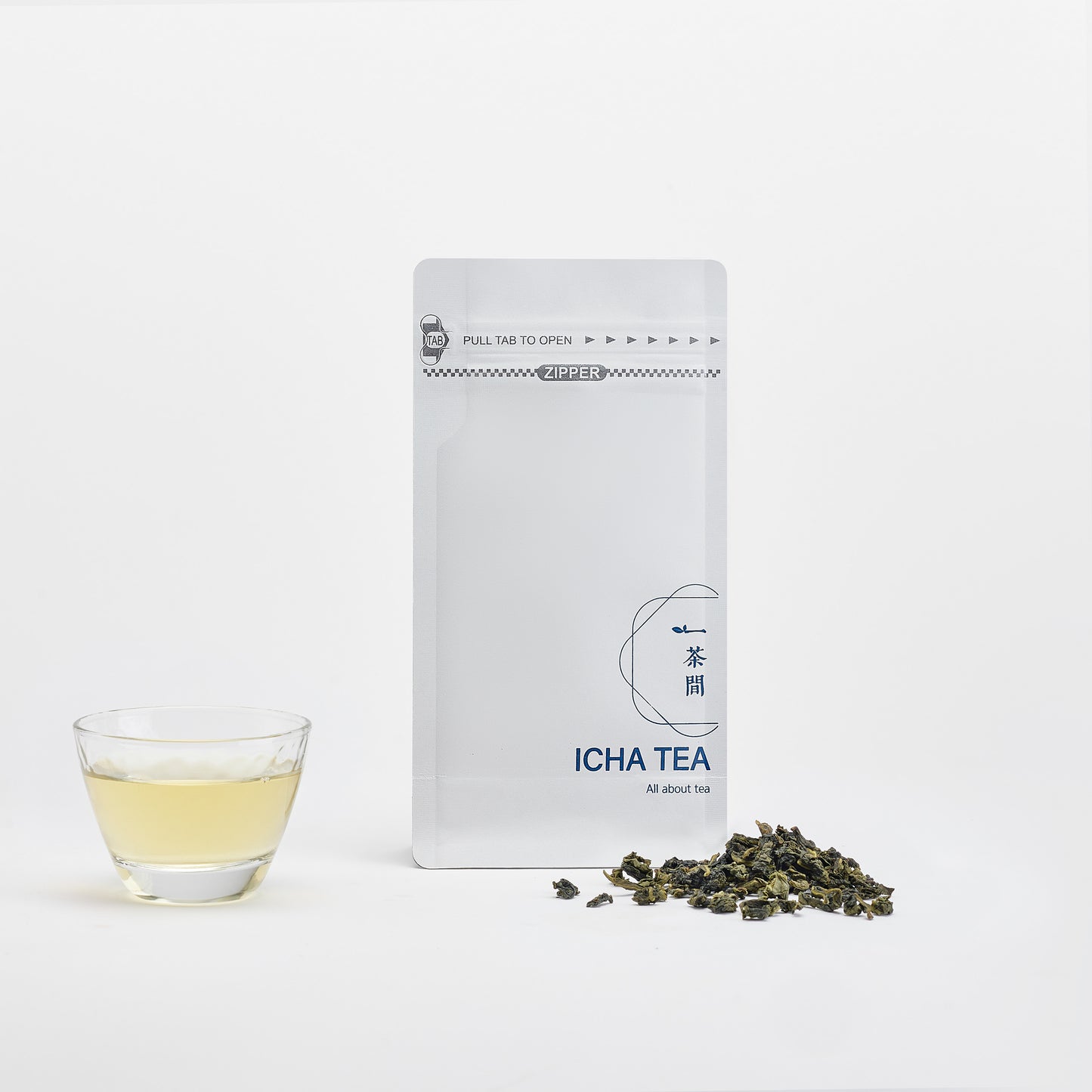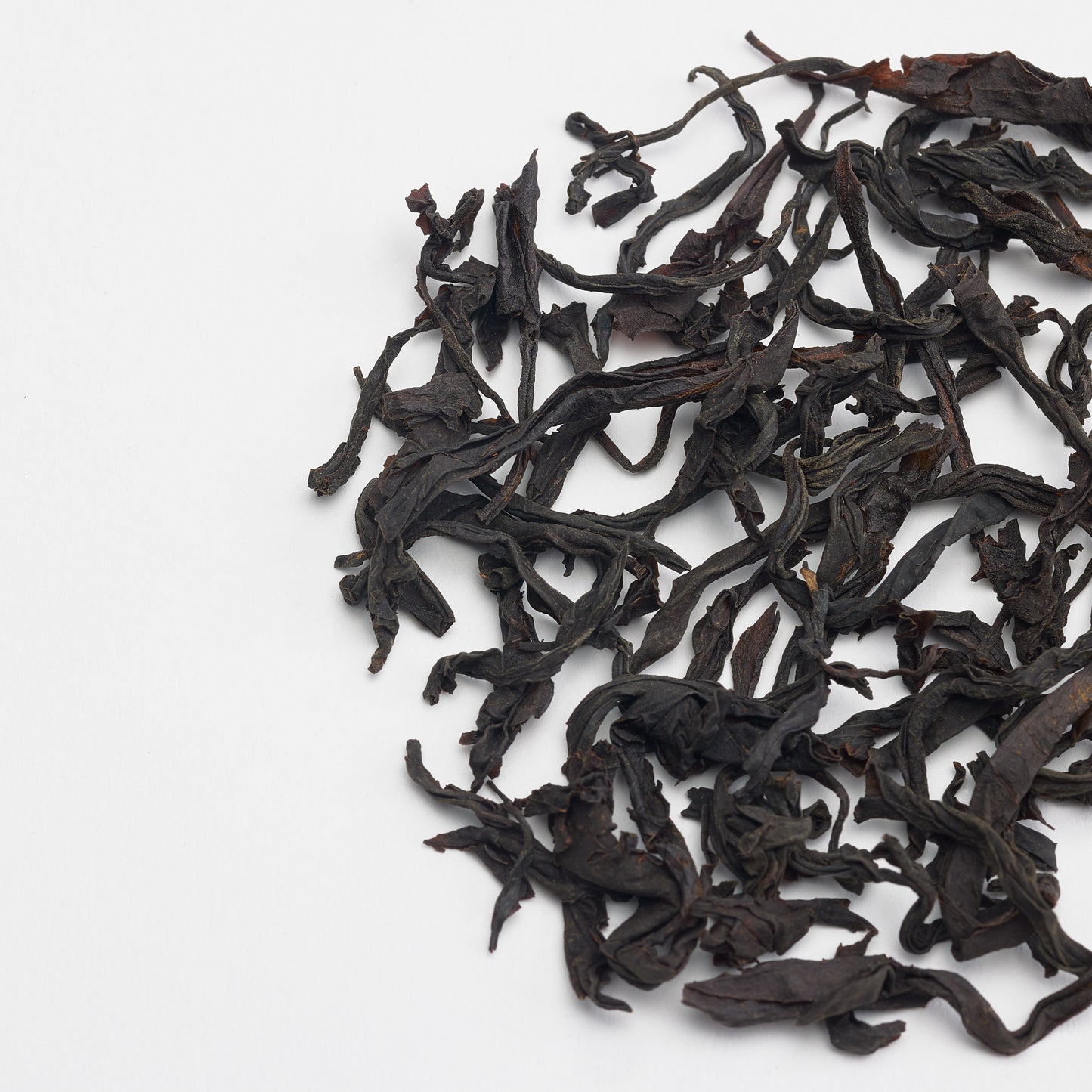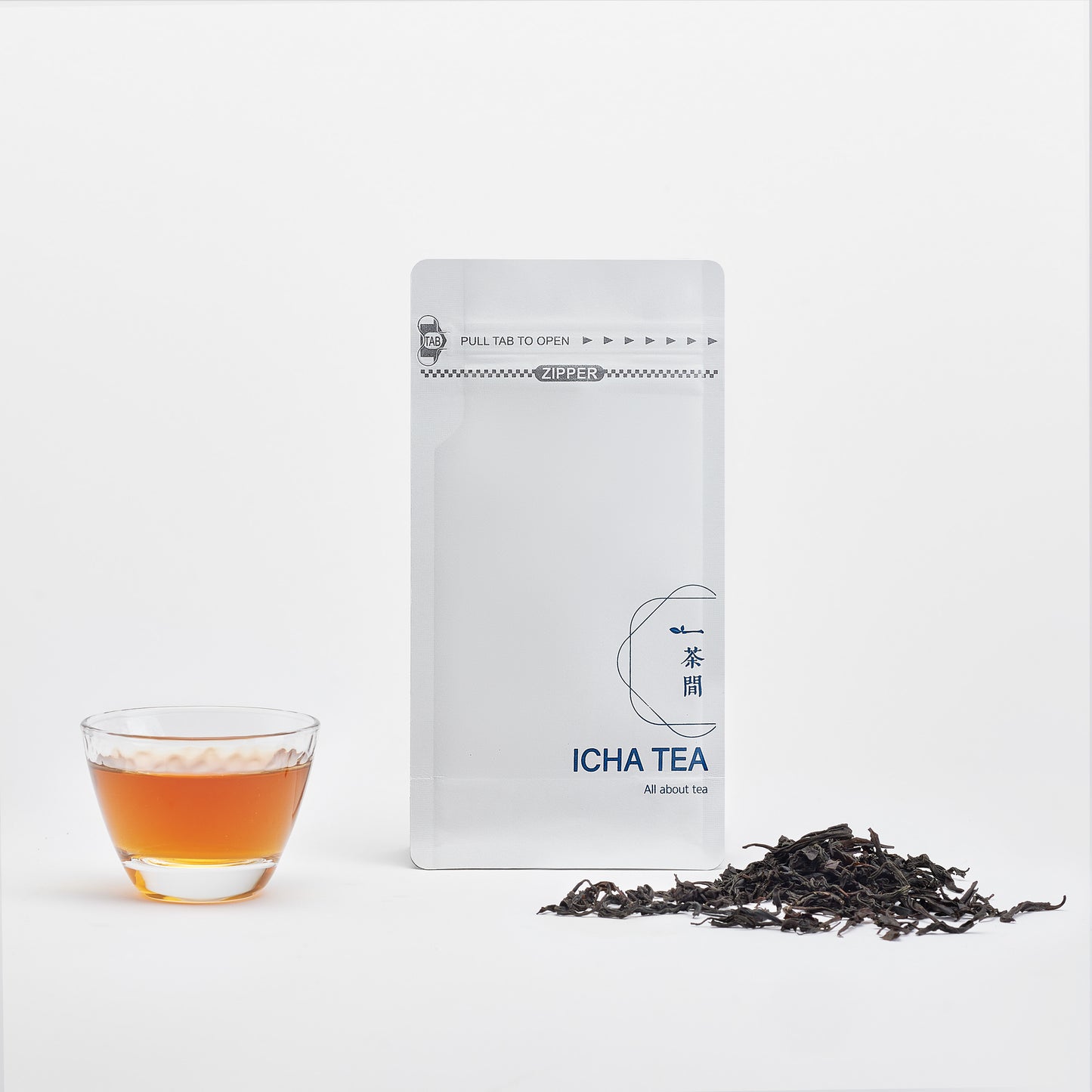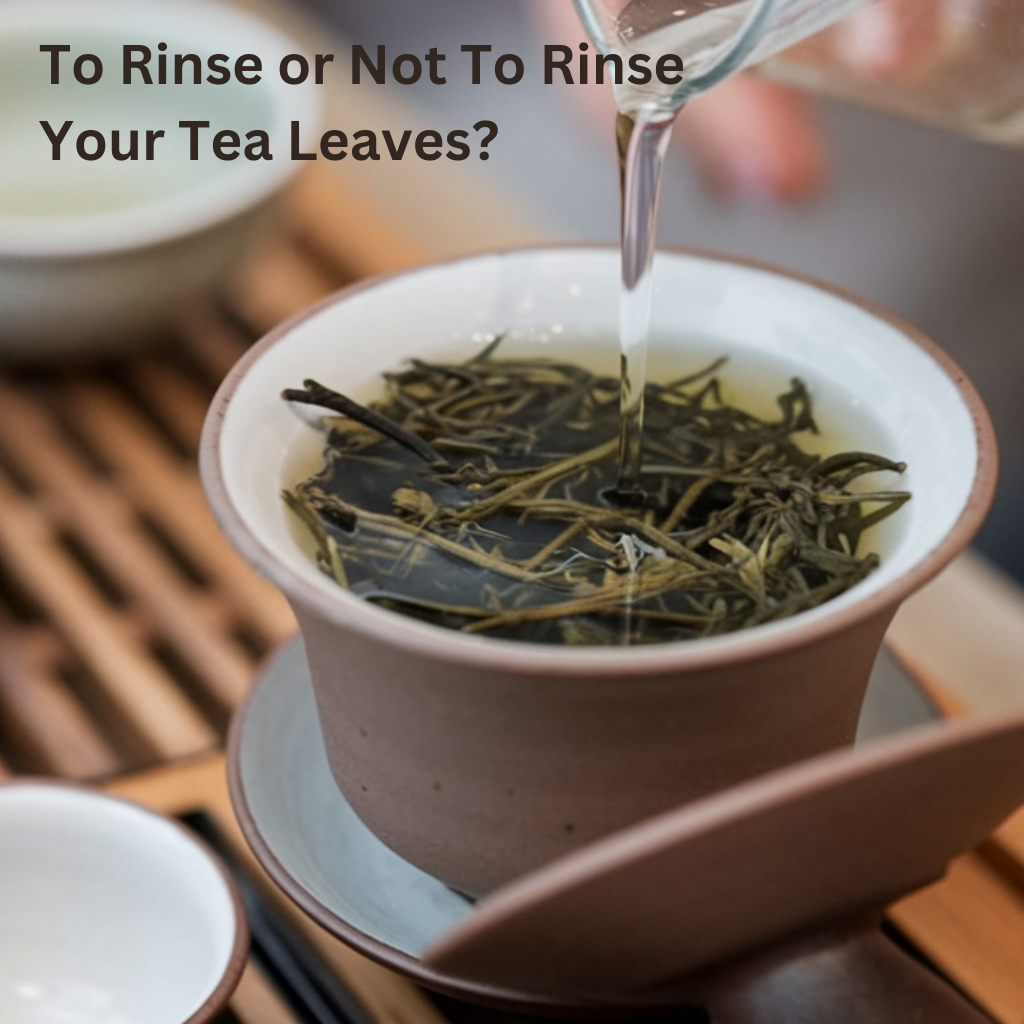
The Art of Tea Rinsing - The Secret to Unlocking Deeper Flavour
Understanding Tea Rinsing
Lately, new loose-leaf tea enthusiasts have been asking us: what is the deal with pre-washing/rinsing tea leaves? Why do we discard the first infusion? They see it happen during tea ceremonies and they see us doing it at ICHA TEA bar. Well, let’s dive into traditional Asian tea preparation, where you'll often encounter the practice of "rinsing" or "pre-washing" tea leaves before the first proper infusion. This technique, while not universal, can significantly enhance the tea-drinking experience and unlock deeper flavour layers. Let's explore when and why to rinse your tea leaves.
What is Tea Rinsing Boiled Down?
Tea rinsing involves briefly steeping the leaves with hot water and discarding this initial infusion. This quick process, lasting just a few seconds, serves multiple purposes depending on the tea type.
The Purpose of Rinsing/Pre-wash
- Opens compressed teas, letting them breathe and unfurl
- Removes dust, debris and impurities - a kind of cleansing first step
- Prepares leaves for optimal infusion and release of the tea liquor
- Enhances flavour profiles and unlocks deeper layers of flavour
- Prewarms brewing vessels
What is Tea Liquor?
The term 'tea liquor' describes the liquid produced when brewing tea leaves. Professional tea tasters use this term to evaluate the complex characteristics that emerge from different tea varieties, growing regions, and processing methods. While it sounds fancy, it simply means brewed tea, containing no alcohol.
When to Rinse Your Tea
At first, it might seem complicated to know which varieties of teas need a pre-wash/rinse. Some types of tea leaves are a must, although even if you forget, don't freak out. We've gone ahead and organized a list to save you some experimenting. However, don't take our word for it! Try it out yourself and compare! A large part of the magic of learning and self-initiating into the world of tea preparation - is finding your way. There's more than one way to brew a cup.
White Teas
Minimally processed white teas like Silver Needle and White Peony benefit from a gentle rinse with 185°F water. Their natural protective "white fuzz" and whole-leaf structure sometimes need this initial contact to begin proper infusion.
Compressed Teas
All compressed teas benefit from rinsing:
- Compressed white teas, compressed black teas, compressed green teas
- Tightly rolled oolongs
Not all compressed teas are aged or fermented like Pu Erh teas, but pretty much across the board they benefit and require rinsing.
(Are you confused about the difference between Black Tea vs. Pu Erh tea?)
Roasted Oolongs
Heavy-roasted oolongs, particularly Da Hong Pao (Big Red Robe) from the Wuyi Mountains, develop cleaner, sharper flavours after a quick rinse. The process helps remove any roasting residue and opens up the leaves' complex aromatics. Oolong teas release their full potential after rinsing and with subsequent steepings. Most people are not aware that many varieties of oolong teas can be re-steeped more than 3 times!
When Not to Rinse?
The majority of teas are produced with the first infusion being the main event. Think of any variety of tea bag - if you discard that first infusion, you lose the full-body flavour and all the good stuff. Higher quality loose-leaf teas on the other hand
Japanese Green Teas
Most Japanese teas, particularly sencha, should never be rinsed. Their delicate, often broken leaves release flavours quickly, and rinsing would waste their precious first notes.
Delicate Green Teas
Light, uncompressed green teas generally don't require rinsing, as it might strip away their subtle flavors. Dragonwell (Long Jing) green tea is a good example of a tea which does not require pre-washing. In fact, even using boiling water isn't exactly recommended. Overly hot water can fry the leaves and you end up losing the subtle layers of flavour.
Proper Rinsing Technique
Temperature Considerations
- White and green teas: 175-185°F
- Oolongs: 190-200°F
- Pu-erh and black teas: 200-212°F
Duration and Infusion Colour

Keep the rinse brief - typically 2-3 seconds for most teas. Pu-erh may benefit from two quick rinses, especially aged varieties. You are pouring the hot water over the leaves. What you’ll notice immediately is a release of colourful tea liquor, ranging from yellow tint to dark red and brown, depending on the type of tea. Teas which have undergone less processing, like white teas and green teas are much lighter in colour. Oolong teas range from golden to light brown and black teas are usually red. Pu erh teas range from light brown to darn right nearly black or very dark brown in colour, depending on how long it’s been aged.
(Here’s a helpful article which explains more detail about the 6 traditional types of Chinese teas)
Special Considerations
Caffeine Content
While some believe rinsing reduces caffeine content, studies show only minimal caffeine reduction if any (5%-9%). Don't rely on rinsing for decaffeination.
Quality Matters
Not all tea gardens are equal. It is difficult to regulate tea producers, especially in developing countries. It is recommended to research who are reputable tea suppliers, committed to high standards and high quality sources like ICHA TEA. The founders Xing Su and Sijian Chen take this very seriously by personally traveling to visit and inspect their supply chain. The result is tea products free from contaminants and debris and of exceptional quality, flavour, and integrity.
Advanced Tips
Vessel Preparation
For non-rinsed teas, preheating your brewing vessel becomes crucial. With rinsed teas, the rinse itself serves this purpose.
Multiple Infusions
Proper rinsing can enhance the quality of subsequent steepings, particularly for pu-erh and oolong teas. Usually the second, third and forth infusions are the main event.
Mastering Rinsing Takes Tea To Another Level
Understanding when and how to rinse your tea enhances your brewing practice and tea appreciation. While not every tea benefits from rinsing, mastering this technique adds another dimension to your tea preparation skills.
This guide reflects current tea preparation knowledge and traditional practices. As you explore different teas, you'll develop an intuition for which ones benefit from rinsing and which are best enjoyed without this step. You don’t need to stress about learning this new skill and if you are ever in doubt, refer to this article or any videos found online.

